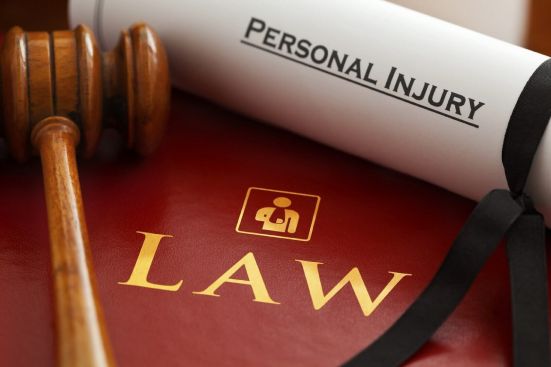Need Immediate help? Call 717-397-1010
After Hours Call / Text 717-471-2168
Need Immediate help? Call 717-397-1010
After Hours Call / Text 717-471-2168

If you own or lease a car, then you probably know all too well how expensive automobile insurance rates have gotten. It seems as if every time your policy renews the price jumps up a bit, and those incremental increases add up over time. If you’ve gone looking for a better rate and complained to an insurance sales rep, you’ve probably been told that the reason that rates are so high is that the insurance companies end up having to pay such large damages on behalf of their clients who are charged with negligence in personal injury lawsuits. This is an easy excuse to give, but it is not necessarily the truth. Let’s take a closer look at whether and how tort reform has affected auto insurance rates.
First we need to understand what tort reform is. Tort reform is a legislative adjustment to the way that the legal system in some states address personal injury lawsuits. Though there are a number of ways that tort reform can be enacted, it generally limits the financial award that a jury is able to provide in compensation for damages. This would bring an end to what insurance companies say happen when a case reaches a jury: they claim that juries feel great sympathy for victims and give them financial awards that are neither fair nor practical. Sometimes these awards can reach into the millions, and this is why the companies so frequently choose to settle out of court.
The best way to determine whether tort reform works to lower auto insurance rates is to look at states where it has been put into place. What you’ll find is that the arguments in favor of tort reform may make sense when they are first heard, in reality they have had little impact. According to the Consumer Expenditure Survey, states where no-fault repeal has been introduced have only seen auto insurance expenditures fall by 12 percent, and in states where the repeal has simply been to relax collateral source restrictions the expenditures have only fallen by 6 percent. In states where the reforms have been focused on bad faith reform, noneconomic damage caps or modifications to joint and several liability, there has been no measurable impact. Perhaps more importantly, the reforms have done nothing to diminish the number of people who are driving without auto insurance, thus giving lie to the idea that tort reform would create change that would decrease the number of uninsured drivers.
Though the auto insurance industry likes to paint a picture of personal injury attorneys as the “bad guys” who are responsible for high auto insurance rates, the evidence behind this claim does not exist. In trying to enact auto insurance tort reform, the companies are trying to limit the payments that they need to make to victims, but they do little to pass those savings on to their customers.
For information about legal representation involving any kind of personal injury, whether a result of an auto accident, a slip and fall accident, a case of medical malpractice or any other type of injury, contact the Lancaster law firm of Vanasse Law.